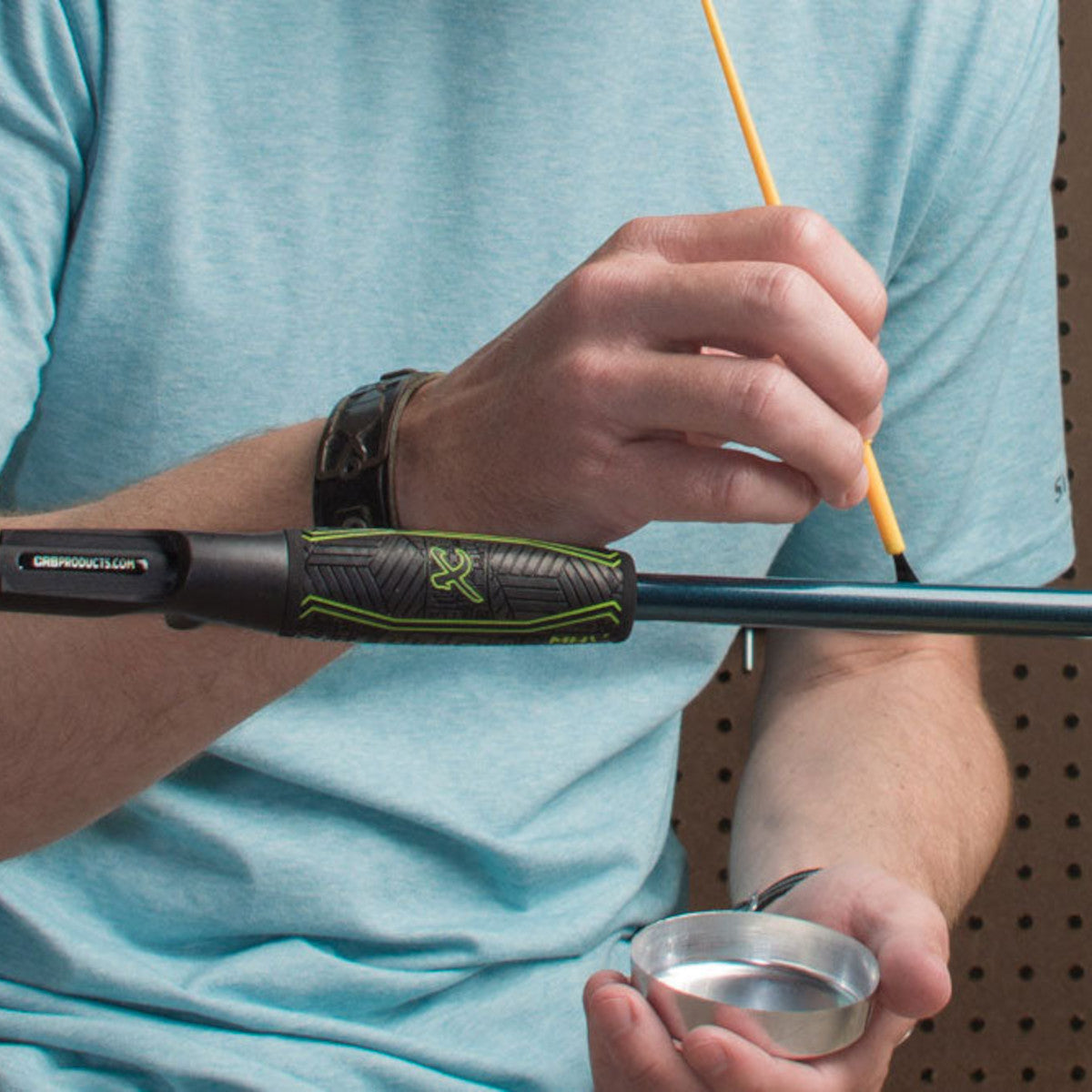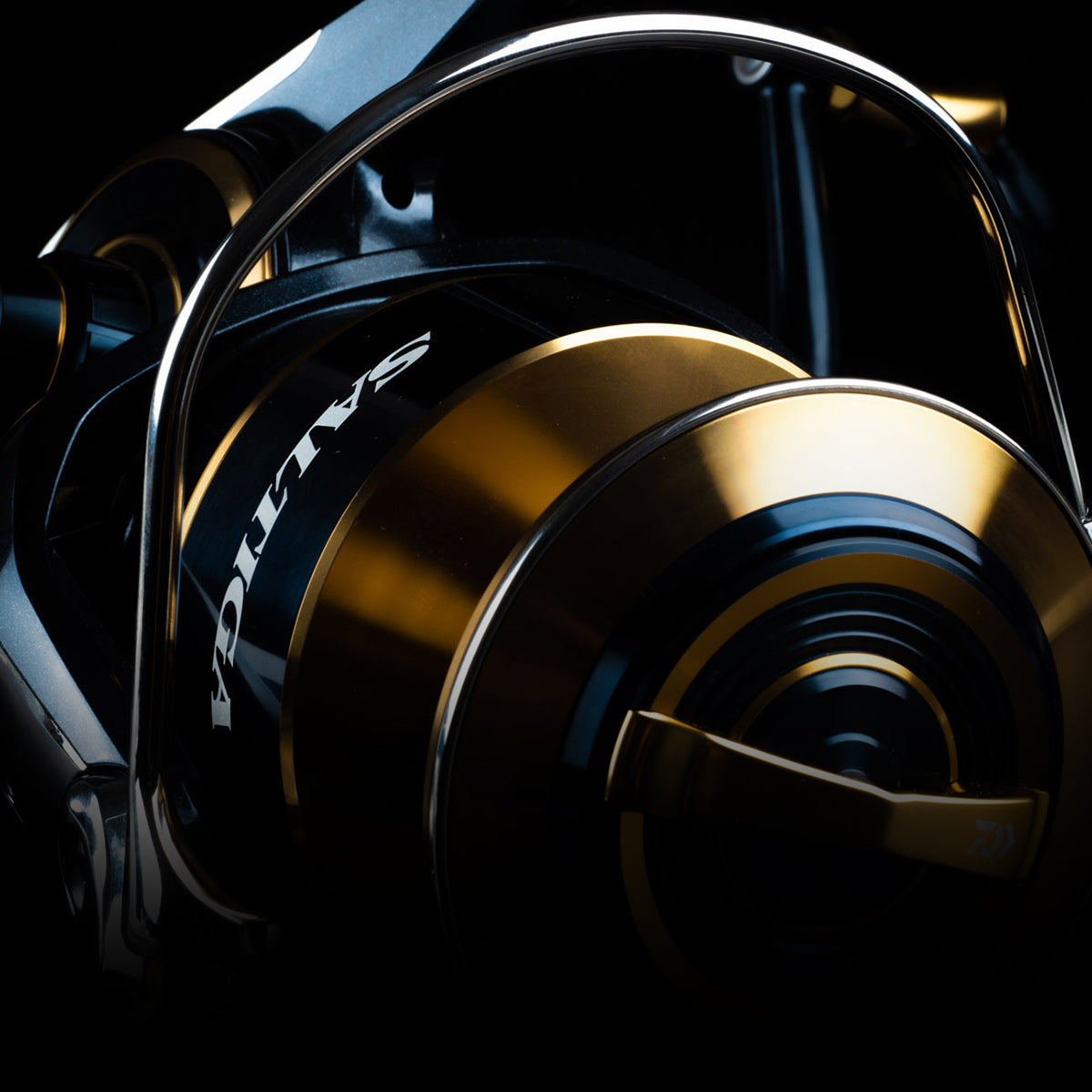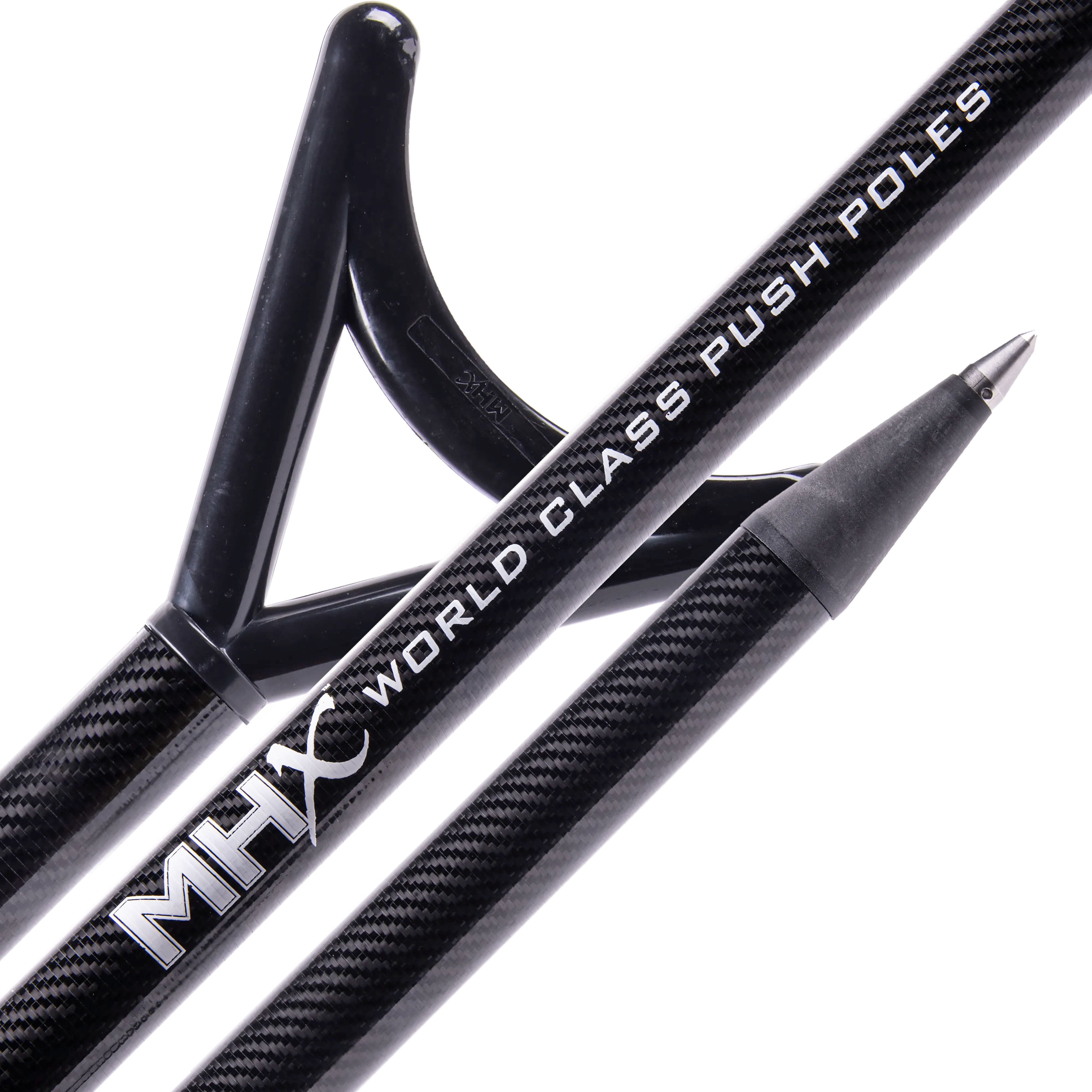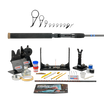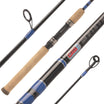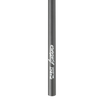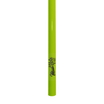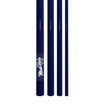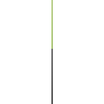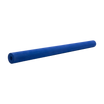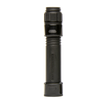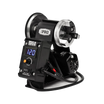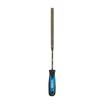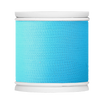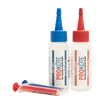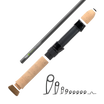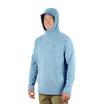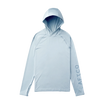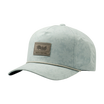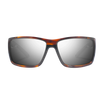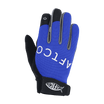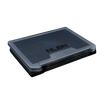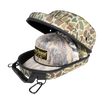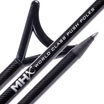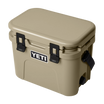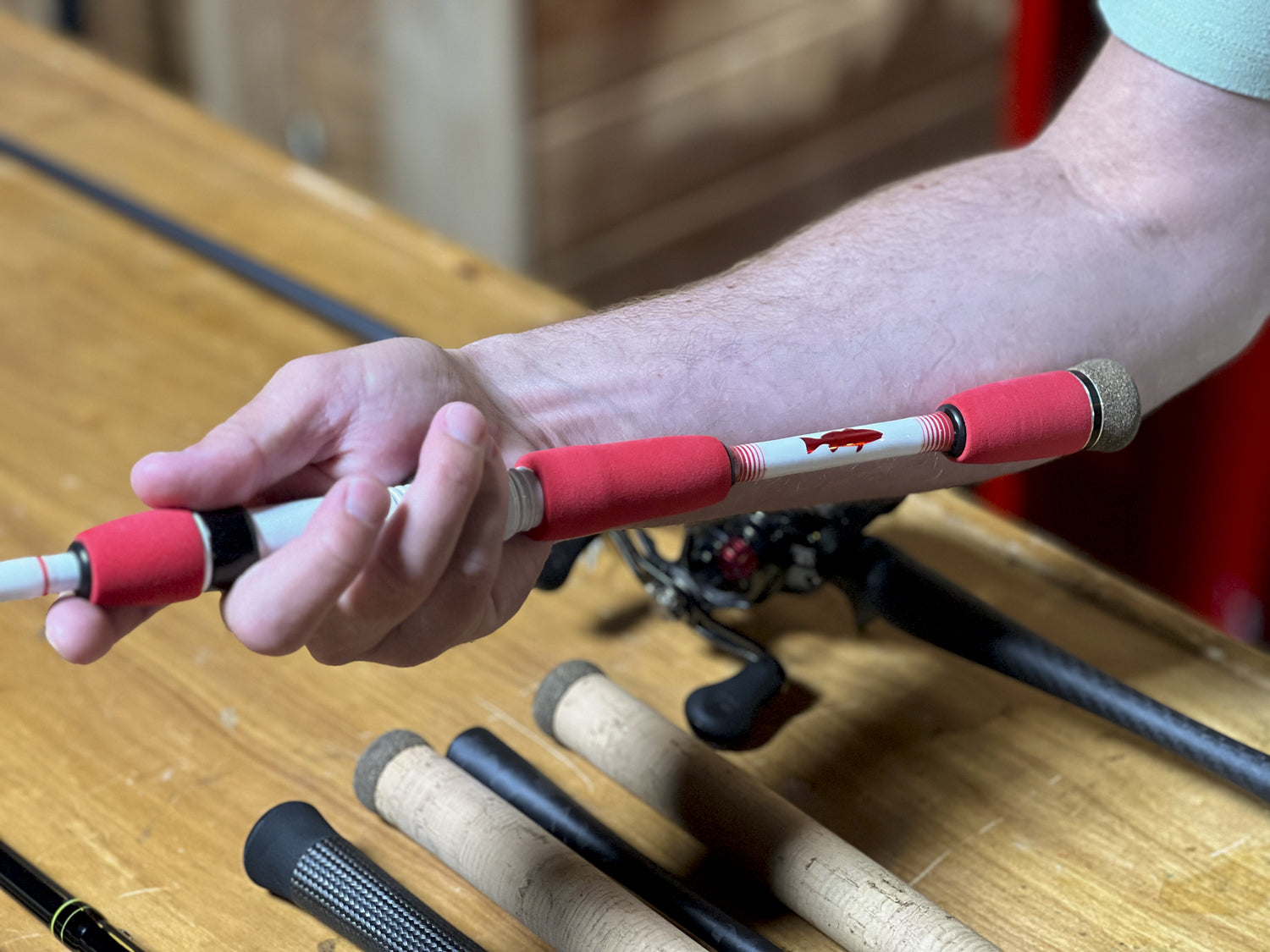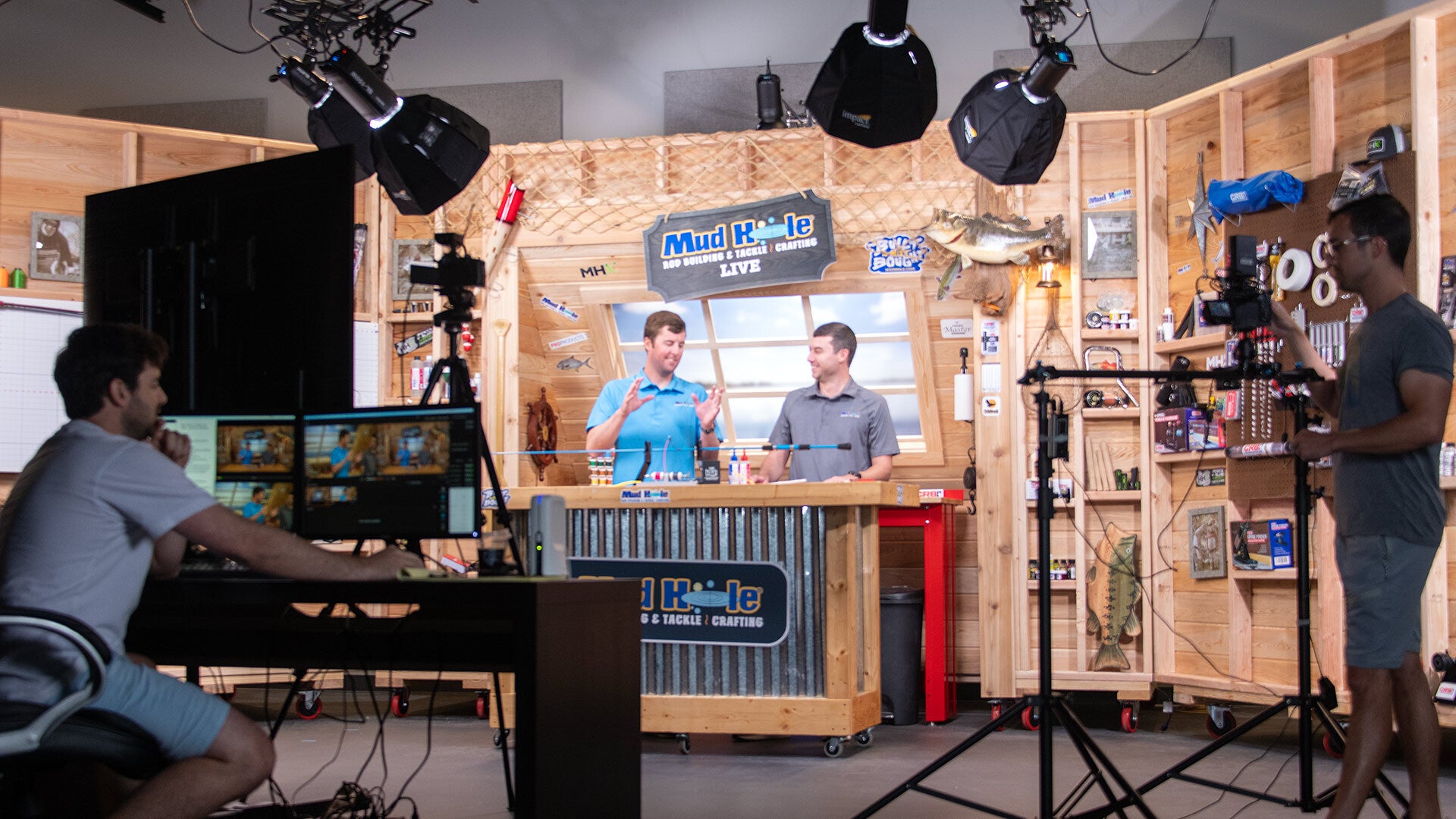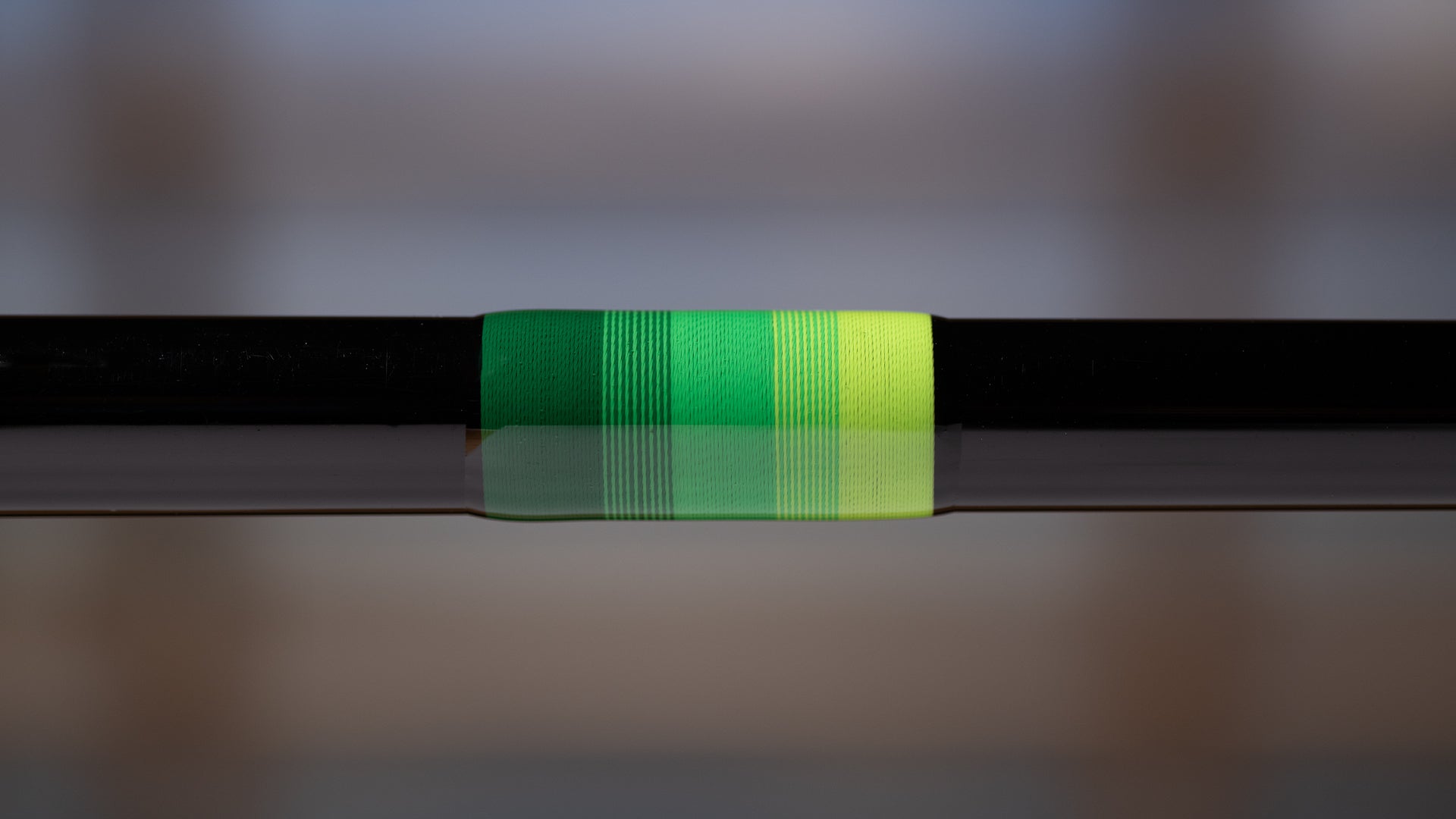A reel seat is one of the most important parts of any rod build. Whether it is a factory-built rod you purchased at your favorite tackle shop or a custom rod build, the reel seat is your connection to that rod.
A quick personal story. There was a time where I purchased rods off a self. I never fished with, or even had a custom rod built for me before I found Mud Hole Custom Tackle. Fishing off the rack rods, I always had a complaint about one or another. Every fishing rod was a compromise. I would like the seat but not the guides, or the handle length, or the color. Of all my complaints the one that stood out the most was a combination of the reel seat and handle length. So, since you are here, you already want to build a better fishing rod. Let’s solve the reel seat and handle length dilemma.
I went around the building here at Mud Hole and asked some questions to our senior members and some of the newbies and found there was one common theme. Reel seats. It did not surprise me, as for over 106 episodes of Mud Hole Live, we get at least one question about reel seats on every show.
Common Reel Placement Seat Questions:
How much space do I need to leave inside my split grip?
How long should my handle be?
Do I need to be sure my rod is balanced with my reel seat location?
Let’s work down the list.
How much space do I need to leave in my split grip?
This question is a very common one, so common in fact, it was the inspiration for this blog. So, short answer, it does not matter. The long answer has to do more with reel seat placement and grips, which will answer the actual question. We need to find where we want our reel seat, choose the grips we prefer, and then the split grip space just solves itself.

We do not necessarily have a magic number for your reel seat placement. We can give you a place to start but it will vary based on the person and the technique. For example, someone that stands 6’2” most likely has longer arms than someone who is 5’5” and the handle should be adjusted so each angler feels comfortable and gets the most out of their fishing rod.
For those venturing into custom rod building, they most likely already have fishing rods - some of which they like and some of which they don't like. Going back to my story from earlier and complaints about handle length, that is a great place to start for a custom builder.
Using a MB843-MHX as an example. The 7 foot, fast action, medium heavy is probably one of the top selling bass rods of all time. I would venture to say, everyone has a 7 footer with a similar power and action they use on a regular basis. Head over to your rod rack and pick up that rod. Is that handle length comfortable? If yes, boom, you are done. Measure the length from the back of the reel seat (where it connects to your rear grip) to the butt of the rod and then transfer that length to your custom build. If the answer is no, then why? Too long? Too short? This is where the "measure twice and cut once" saying rings true.

I start with the fighting butt on the rod and the approximate location of my reel seat. If it is not a fitted seat like a Fuji ECSM, I will use tape arbors to dry fit the seat to the blank. That will allow you to adjust handle length by moving the seat up or down along the blank. If you do have a fitted seat, there are often minor adjustments that can be made to the length by sliding the fitted seat up or down.
Remember a fitted seat like a Fuji ECSM or ACSM can be reamed just like a grip. You can ream ½ mm – 1mm from that seat to change the fit. That is why we always suggest buying the smaller size if you are in between sizes.
Sizing for winding checks and seats for MHX Rod Blank can be found here.
Once you have found a comfortable handle length, write that measurement down. Do not always count on just marking the rod blank as those marks can rub off with rod epoxy.
How long should my handle be?
This is another popular question among beginners and seasoned rod builders alike. I do believe rod length and technique does play a role in handle length.
For example, a 7’9” Flippin Stick like the FP936-MHX typically does not have the same handle length as the MB843 mentioned above. For one, the length plays a big part of that which also can affect the balance of a rod. But also, the two are used for very different applications. The MB843 is famous for casting a Texas rig, or spinner bait, or walking a top water. The FP936 is used in a pendulum like motion and to pull big fish out of heavy cover. For flipping, you will most likely want some extra length on the handle to lean on, but it does not necessarily get in the way as it would if you were casting.

Another suggestion for reel seat placement is solely based on technique, even if the rods are identical in length. This comes into play for those who want a dedicated jerkbait rod built on the MB813XF-MHX. It is a 6’9” and extra-fast and throws a jerkbait a mile. With minor flicks of the wrist this rod imparts an action on a jerkbait that is hard to mimic with other blanks. Many anglers are fishing jerkbaits in colder temperatures, which means jackets or hoodies and fishing that rod with the butt of the rod facing up and towards an angler’s mid-section. Nothing can be more frustrating than the butt of your fishing rod constantly snagging on your jacket or the hand warmer pocket of your hooded sweatshirt. For those that have had that happen, you get it, and a shorter handle on your jerkbait rod will fix it.
How do I keep my rod balanced and move my reel seat?
There are constant debates on rod balance and overall rod weight. Some will say they want the lightest rod they can buy. Their assumption is, if it is light, I can fish it longer, with less fatigue and it will be more sensitive. Well that is not always the case. Just because a rod is light does not mean it will fish light or even balanced. Also, balanced does not mean it is balanced when the tip and the butt are parallel to the ground when holding the rod with one finger. We have all seen this balancing act, yet no one fishes that way.

Just as an example, a flipping stick is used with the tip facing the sky most of the time so having more weight in the butt section will make the tip feel lighter and help with the flipppin' and pitchin' motion. The opposite applies to a rod throwing deep diving crankbaits. That rod is fished with the tip down and basically in the water, so less weight in the butt and more weight in the tip will have the angler comfortable with that rod angle.
Granted, those are extremes in terms of weight and rod angles but it can apply for all builds and techniques. Our recommendation is to set your reel seat for your comfort and technique. If you need to weight your rod, do so.
What about full length grips?
I know we mostly spoke about split grips in the blog so I wanted to give those who like to build with full length grips some love.
CRB Full Length Spinning Cork Grips
CRB Full Length Casting Cork Grips
Recently the team at CRB have expanded their line of full grips to accommodate not only additional length but also added larger ID sizes to their cork grip options. We always think of cork as only coming with an ID of .250" but now you can also get a number of cork grips with a .375" ID.

Even with many options in full length handles you might want to make a very slight adjustment and we do have a couple tips to make that happen. For a spinning rod you can adjust the orientation of the reel seat from uplocking to downlocking or vice versa to gain or lose a little in length. Also, your butt cap can create a little more length if you choose to mount a CRBC butt cap rather than a CBC butt cap.
What is your reel seat and handle are one piece?

This was just too cool to leave out of a reel seat blog. American Tackle's Tsuka 2 is a reel seat and handle in one. It comes in a spinning option and a casting option. Not only does it look cool but it is created with blow-molded carbon fiber construction and nothing can touch it in terms of durability and performance. There is no reel seat to glue on or grips to rear with the Tsuka 2. You glue the blank into the one-piece handle and you are done. The rear butt cap is not glued in for those who want to adjust the balance of their custom build as we mentioned above.
Hopefully this answered your reel seat placement questions and as always, follow along with our Mud Hole Live episodes as we tackle common rod building questions and techniques like this every month.


